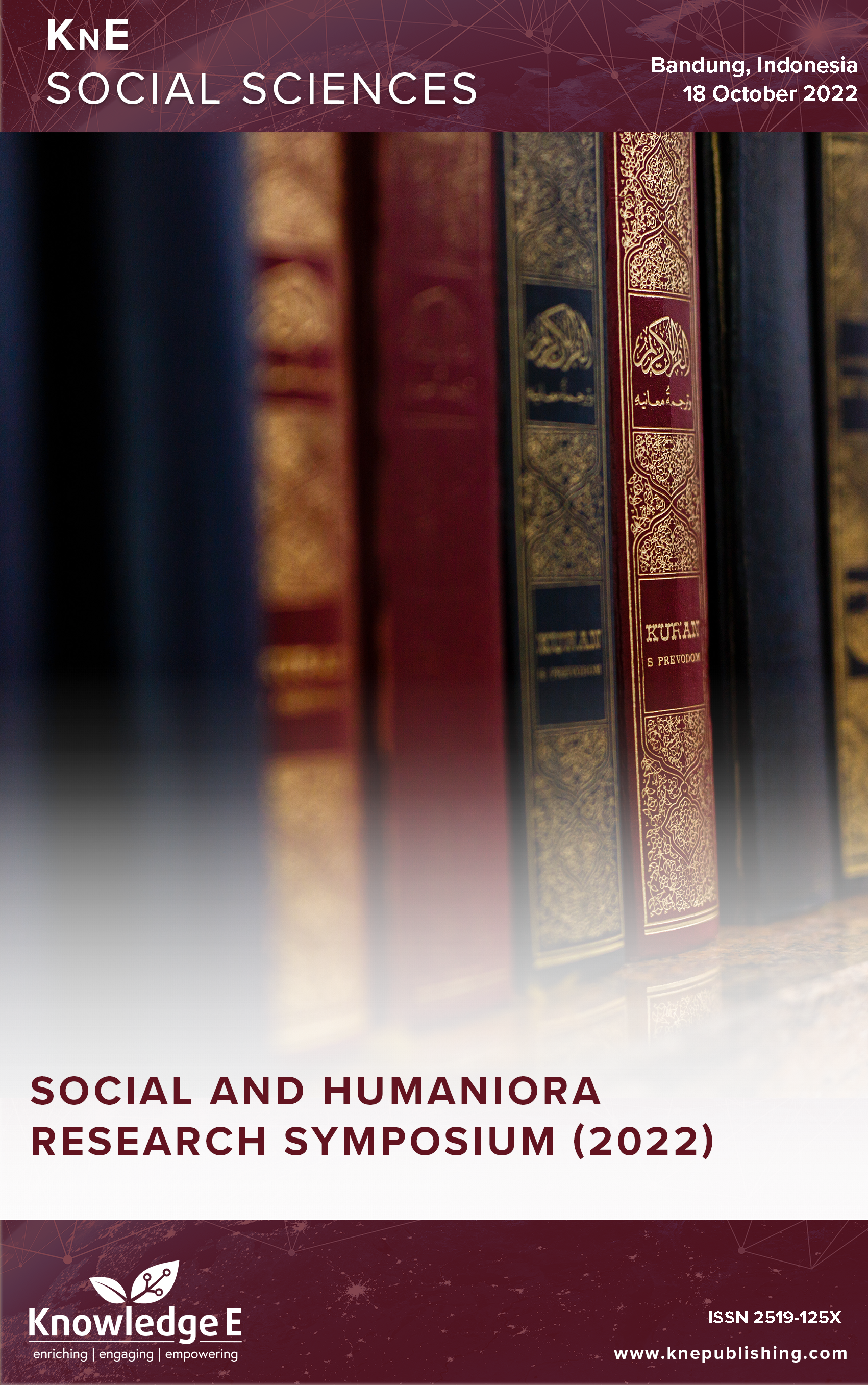Implementation of Space Utilization Control Post Law Number 11 in the Year 2020 About Work Creation
DOI:
https://doi.org/10.18502/kss.v8i18.14214Abstract
The implementation of spatial planning in Indonesia refers to Law Number 26 of 2007 concerning Spatial Planning and Law Number 11 of 2020 concerning Job Creation and its derivative regulations. Spatial planning, as stated in Article 3, “the implementation of spatial planning aims to create a safe, comfortable, productive, and sustainable national space based on the Archipelago Insight and National Resilience and the realization of the protection of space functions and prevention of negative impacts on the environment due to space utilization. In order to realize the objectives of spatial planning, these regulations must be enforced. The testing of the implementation of Law Number 26 of 2007 concerning spatial planning and Law Number 11 of 2020 concerning job creation was carried out with the theory of the legal system of Lawrance Friedman with normative juridical research methods. The approaches used were legal and conceptual. The results of the research show that the implementation of controlling space utilization after Law Number 11 of 2020 concerning job creation cannot be implemented properly, because the legislation in the field of spatial planning has not been able to support the control of space utilization. In addition, from law enforcement it is necessary to increase resources, such as human resources and infrastructure, the legal culture of the community.
Keywords: implementation, spatial planning, legal system
References
[2] Erwiningsih W. Pelaksanaan Pengaturan Hak Menguasai Negara Atas Tanah Menurut UUD 1945. Pascasarjana Universitas Islam Indonesia; 2009.
[3] Ronny Hanitijo Soemitro. Metodologi Penelitian Hukum dan Jurimetri. 4th ed. Jakarta: Galia Indonesia; 1990.
[4] Amiruddin, Pengantar Metode Penelitian Hukum. Jakarta: Raja Garfindo Persada; 2000.
[5] Kristiyanto EN. “Kedudukan Kearifan Lokal dan Peranan Masyarakat dalam Penataan Ruang di Daerah (Local Wisdom Position and Role of Society in Spatial Planning in the Region),” Rechts Vinding. 2017;6(2):159–177. [Online]. Available: https://scholar.google.com/scholar?hl=id&as_sdt=0%252C5&q= KEDUDUKAN+KEARIFAN+LOKAL+DAN+PERANAN+
[6] Jazuli A. Penegakan Hukum dalam Rangka Penataan Ruang Guna Mewujudkan Pembangunan Berkelanjutan. Jurnal Rechts Vinding. 2017;6(2):281.
[7] Rahardjo S. Masalah Penegakan Hukum Suatu Tinjauan Sosiologis. Bandung: Sinar Baru; 2009.
[8] Bagir manan, Penegakan Hukum Yang Berkeadilan, dalam Bagir Manan, Menemukan Hukum Suatu Pencarian. Jakarta: Assosiasi Advokat Indonesia; 2009.
[9] Hutomo P, Soge MM. “Perspektif Teori Sistem Hukum Dalam Pembaharuan Pengaturan Sistem Pemasyarakatan Militer.” Leg J Huk dan Perundang-Undangan. 2021;1(2):107–115. https://doi.org/10.21274/legacy.2021.1.1.46-68.
[10] Purwendah EK. KONSEP KEADILAN EKOLOGI DAN KEADILAN SOSIAL DALAM SISTEM HUKUM INDONESIA ANTARA IDEALISME DAN REALITAS. Prog Retin Eye Res. 2019;5(2):139–51.
[11] Fendri A. Perbaikan Sistem Hukum Dalam Pembangunan Hukum Di Indonesia Azmi Fendri. J. Ilmu Huk. 2011;2(1):96–107.
[12] Childnadi Widodo V, Budi Kharisma D. Problematika Perlindungan Hukum Terhadap Para Pihak Dalam Transaksi Layanan Urunan Dana Melalui Penawaran Saham Berbasis Teknologi Informasi (Equity-Based Crowdfunding). J. Priv. Law. 2020;8(2):230.
[13] Nugroho DR, Suteki S. Membangun Budaya Hukum Persidangan Virtual (Studi Perkembangan Sidang Tindak Pidana via Telekonferensi). J. Pembang. Huk. Indones. 2020;2(3):291–304.
[14] Makmur S. “Budaya Hukum Dalam Masyarakat Multikultural.” SALAM J Sos. dan Budaya Syar-i. 2015;2(2):383–410. https://doi.org/10.15408/sjsbs.v2i2.2387
[15] Jawardi J. STRATEGI PENGEMBANGAN BUDAYA HUKUM (Strategy of Law Culture Development). Jurnal Penelitian Hukum De Jure. 2016;16(1):77.
[16] Purba IP. Penguatan budaya hukum masyarakat untuk menghasilkan kewarganegaraan transformatif. Jurnal Civics: Media Kajian Kewarganegaraan. 2017;14(2):146– 153.

